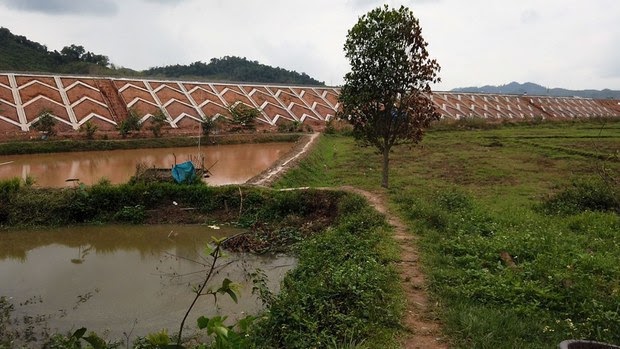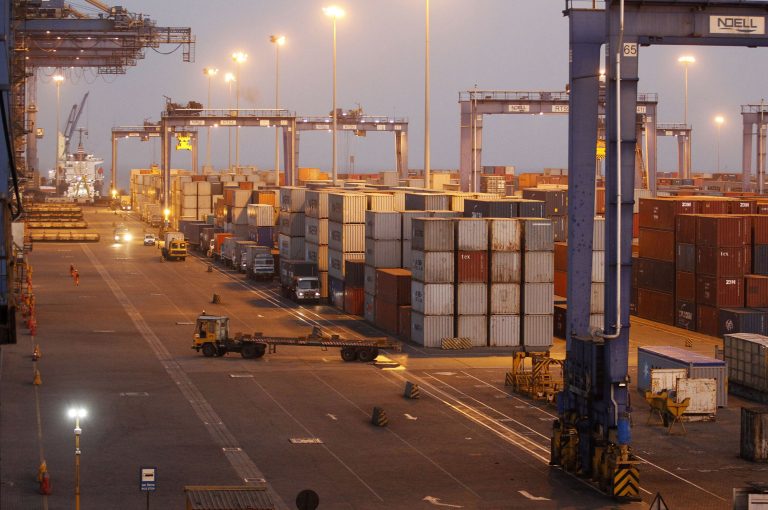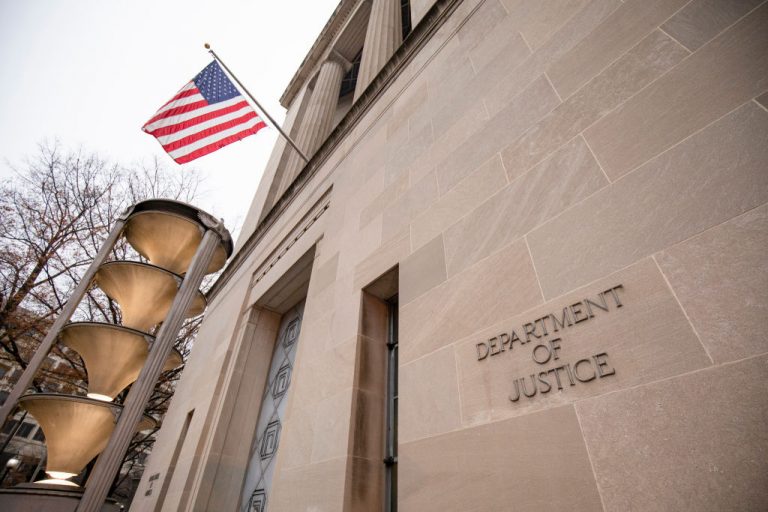Human trafficking in an age where building large infrastructure projects demands the use of many laborers that are often low-wage, unskilled workers looking to seek the promise of a better life through jobs far away from home. Unfortunately this can lead to their exploitation by unscrupulous actors.
This scenario plays out today as seen in countries undertaking major construction projects such as Qatar’s preparation of 2022 world cup stadiums and the building of massive developments in Dubai but seldom discussed are the conditions of Chinese laborers on China’s Belt and Road Initiative (BRI) projects.
Chinese workers looking for job opportunities overseas with the promise of good pay while taking part on BRI projects have found themselves in poor working conditions that may violate international laws. BRI projects span multiple countries that partner with China to support trade through massive infrastructure projects that span multiple counties over multiple continents.
Late last month China Labor Watch, a non profit organization based in New York that monitors the conditions of Chinese laborers and supply chains, reported on the state of overseas Chinese employees working on BRI projects in foreign countries during the COVID-19 pandemic. The report titled, “Silent Victims Of Labor Trafficking: China’s Belt And Road Workers Stranded Overseas Amid Covid-19 Pandemic” detailed the plight of many laborers facing abuse, unsafe working conditions, and inability to return home during the pandemic.
Serious violations
The International Labor Organization has 11 conditions that indicate forced labor may be part of an organization’s operations. The 11 indicators of abuse are vulnerability, deception, restriction of movement, isolation, physical and sexual violence, intimidation and threats, retention of identity documents, withholding of wages, debt bondage, abusive working and living conditions, and excessive overtime. In the cases of Chinese laborers working on BRI projects, where violations may have taken place, all 11 criteria have been met.
Among the alleged violations are hazardous work environments, in some cases resulting in fatalities, failure to obtain work permits, workers being bought and sold by subcontractors and brokers, lack of medical attention during the pandemic or the ability to leave the work sites to return home. Any movement towards leaving the job location could result in violent confrontations with security and management as had been reported in January at the Jiangsu Delong Nickel site in Indonesia that produces steel under the Chinese state subsidiary China Metallurgical Group Corporation (MCC).

Success
You are now signed up for our newsletter
Success
Check your email to complete sign up
One kind of violation involves the failure to obtain work permits for individuals coming from China to work on projects in foreign countries. Their passports are often confiscated on arrival to the host country, leaving them stranded at the mercy of their employers. They have no legal recourse to resolve conflicts, as their migration status in the host country is illegal. If a laborer choses to leave a job site over grievances with management, steep penalties must be paid for terminating a contract.
On top of adding financial penalties for early termination amounting to thousands of dollars, the withholding of pay, and paying lower wages than those initially agreed to are common abuses workers employed in BRI projects face. Even considering any financial penalties, workers willing to leave a job site early have found themselves stranded in foreign countries as flights into China were limited and prices for seats home skyrocketed. As a result, many workers stayed on the job even while ill with COVID-19, receiving little or no medical attention.
Some steps have been taken to change these violations in previous years, as they are a black eye on China’s face of overseas labor. However, it has been difficult to correct as the use of brokers and subcontractors create a complex web of handlers who funnel laborers from China and into foreign countries as the cheap source of workers that build up the expansive and potentially lucrative BRI projects.







